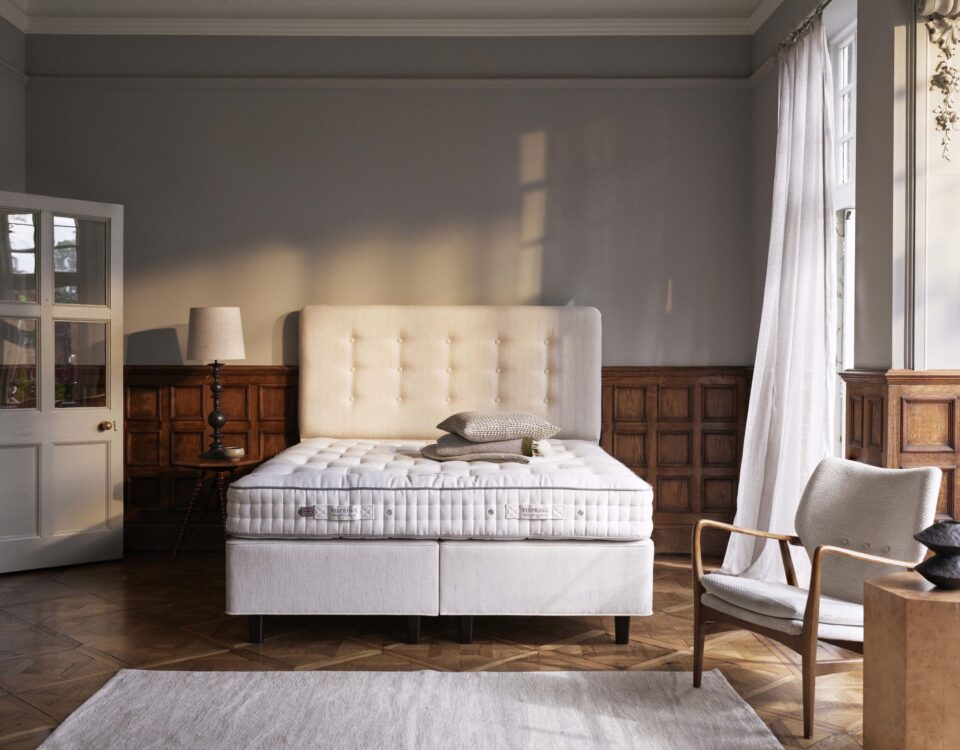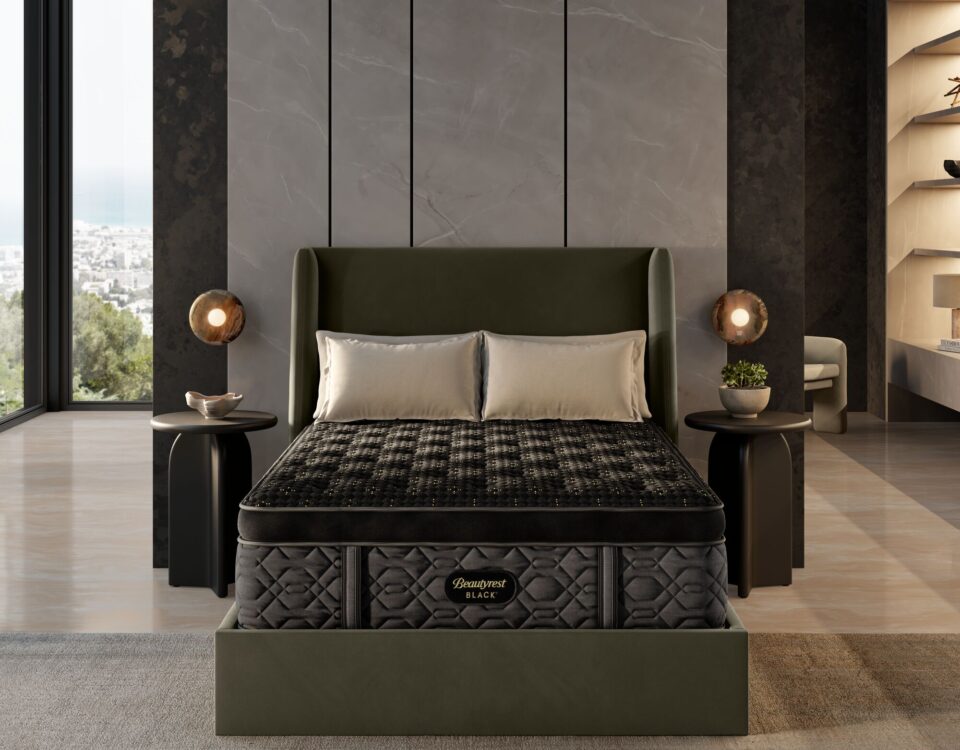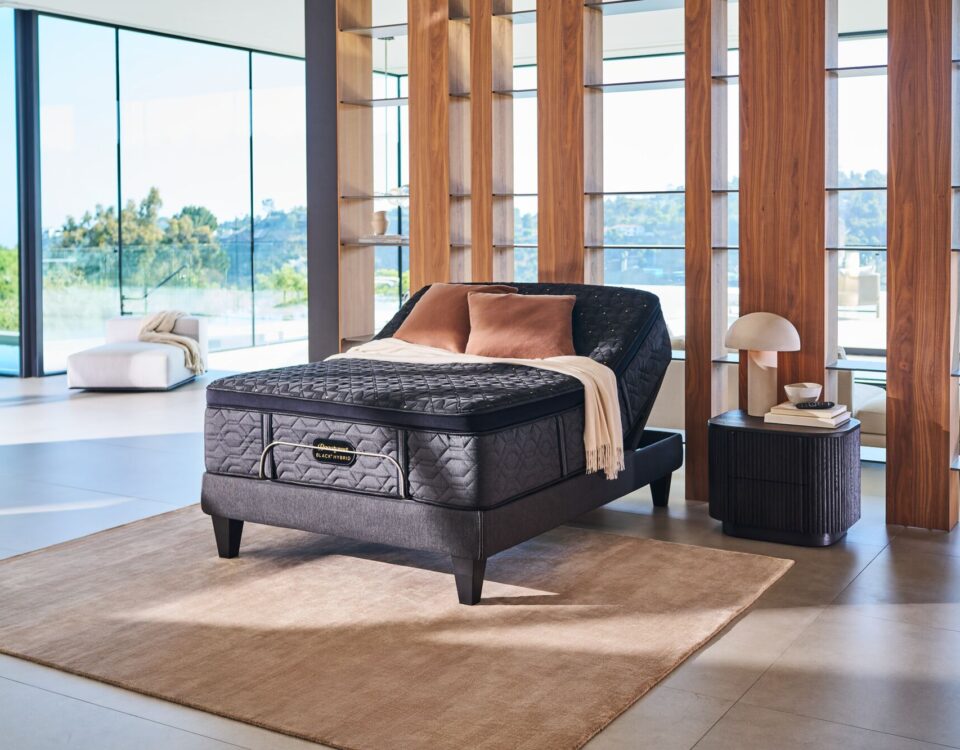Temperature Management

Are you sleeping too hot or too cold? Did you know mattresses and pillows play crucial roles in achieving ideal thermal comfort throughout the night. It is common for adults who frequently experience being too hot or too cold during sleep to have substandard overall sleep quality compared to those who do not. Both conditions can disrupt sleep and lead to discomfort, but research suggests that hot sleeping may have a closer relationship with poorer sleep quality. When individuals are too hot during sleep, it can lead to increased restlessness, difficulty falling asleep, and more frequent awakenings throughout the night. Excessive heat can also interfere with the body’s natural temperature regulation mechanisms, making it harder to enter into and maintain deep, restorative sleep stages. On the other hand, being too cold can also disrupt sleep by causing discomfort and leading to shivering, which can trigger awakenings. While cold temperatures may lead to similar sleep disturbances, they may not be as closely associated with overall sleep quality issues as hot sleeping.
Addressing temperature management concerns through appropriate bedding, such as mattresses and pillows designed for thermal comfort, can help mitigate these sleep disruptions and improve overall sleep quality. Additionally, adjusting room temperature and using breathable bedding materials can further enhance sleeping conditions for better rest. Here’s how your mattress and pillows are contributing to your sleep temperature:
Airflow
Airflow: The materials used in mattresses and pillows impact airflow. Products with open-cell foam structures allow for better breathability, facilitating air circulation and preventing heat buildup. This helps sleepers stay cool and comfortable by dissipating body heat.
Moisture Management
Moisture Management: Specialized fabrics and foams with moisture-wicking properties help keep the sleep surface dry. By drawing moisture away from the body, these materials prevent discomfort caused by sweat accumulation, contributing to a more restful sleep experience.
Temperature Regulation
Temperature Regulation: Components such as phase change materials (PCMs) are incorporated into mattresses and pillows to regulate temperature. PCMs absorb excess heat when the sleeper becomes warm, effectively moderating temperature fluctuations and maintaining a comfortable sleeping environment throughout the night.
Room Temperature
Room Temperature: While mattress and pillow features play a significant role in thermal comfort, room temperature also influences sleep quality. Research suggests that cooler room temperatures, typically between 60 and 68 degrees Fahrenheit, promote better sleep. Cooler environments facilitate deeper, more restorative sleep, enhancing overall sleep quality and leaving individuals feeling refreshed upon awakening.
By prioritizing temperature management in mattress and pillow design and considering room temperature factors, you can optimize your sleep environment for improved comfort and quality rest. Recognizing the importance of temperature regulation can lead to significant benefits in sleep quality and overall well-being. Some of our favorite cooling mattresses are designed to keep you cool throughout the night. Check out the TempurPedic TEMPUR-Luxebreeze and TEMPUR-Probreeze collections that both have a 4-Level Cooling system that helps keep you 10 degrees cooler all night long.




